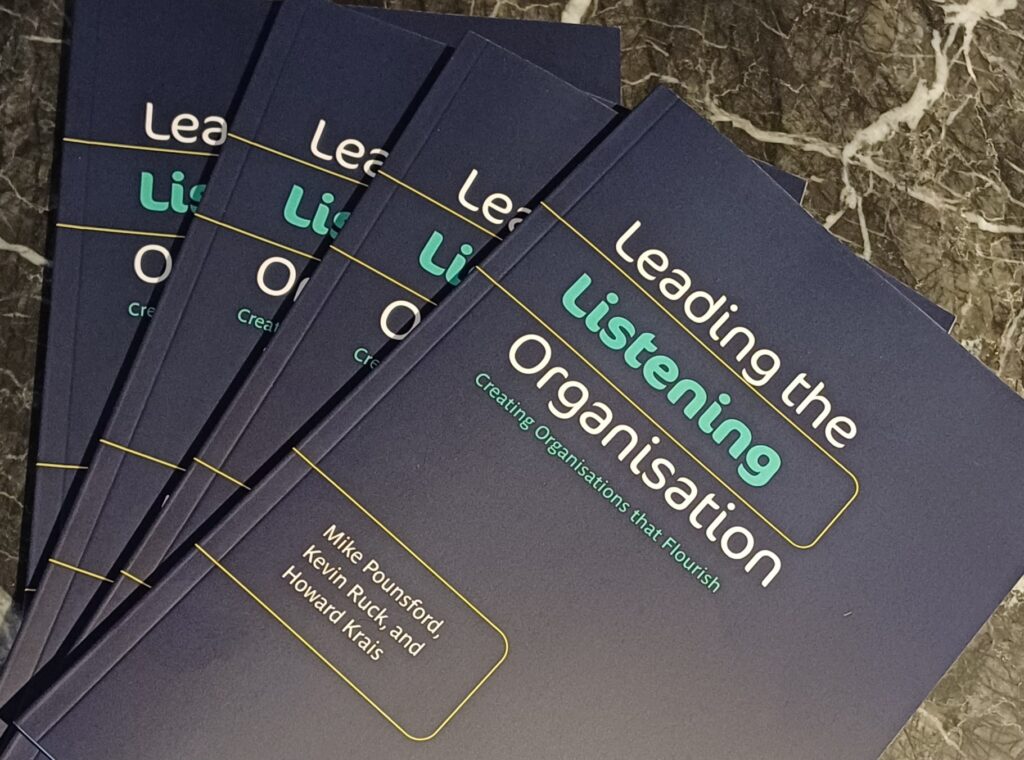Six steps for establishing a listening climate
The starting point for establishing an effective listening climate is to do a stock take of the current situation. This then sets the stage for five further steps, as set out below.
The book includes suggested questions for a listening audit survey, an interview guide for senior leaders and a focus group guide for employees.
‘Leading the Listening Organisation: Creating Organisations that Flourish’ is published by Routledge.
For those studying with us at PR Academy the book is now available on the Study Hub online library.
Key models and principles from the book form part of the CIPR internal communication qualifications delivered by PR Academy.
VIEW CIPR INTERNAL COMMUNICATION COURSES




